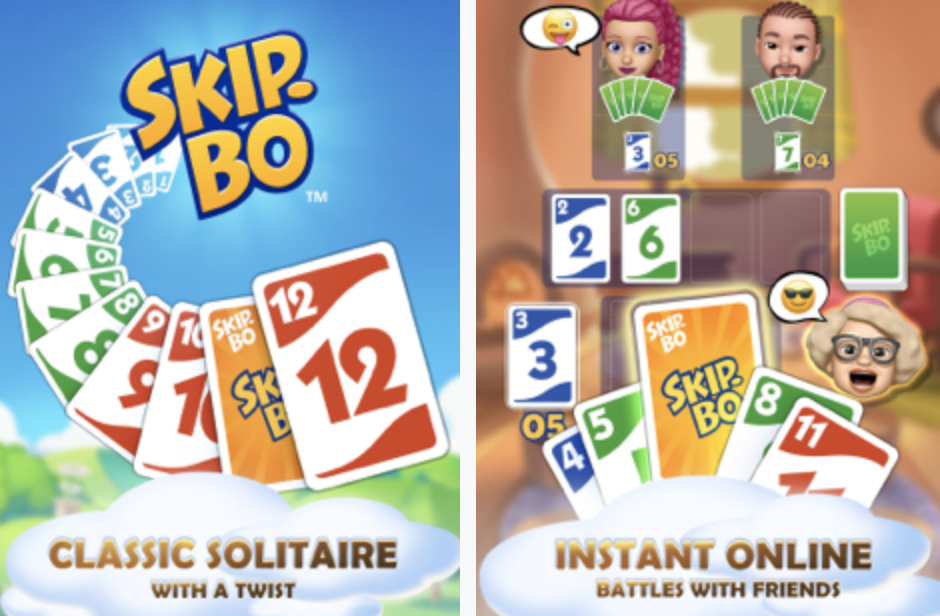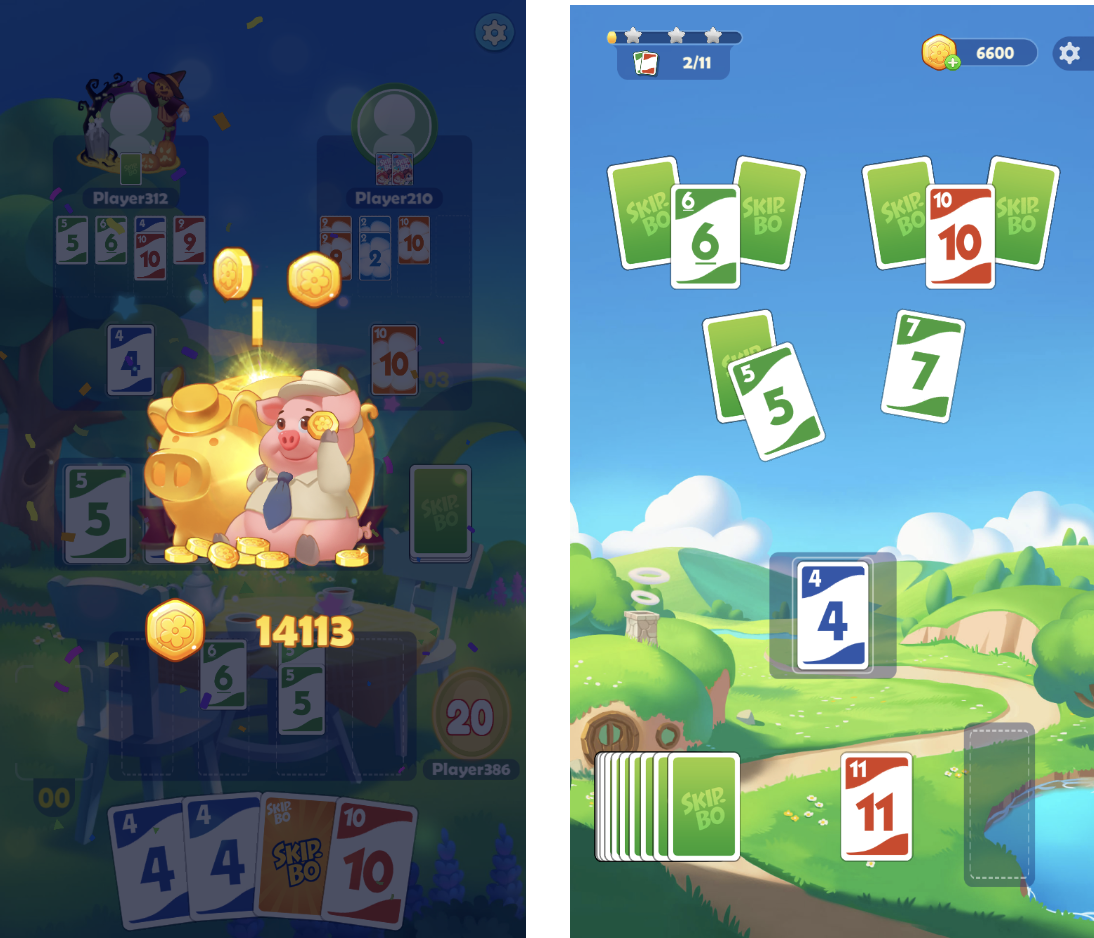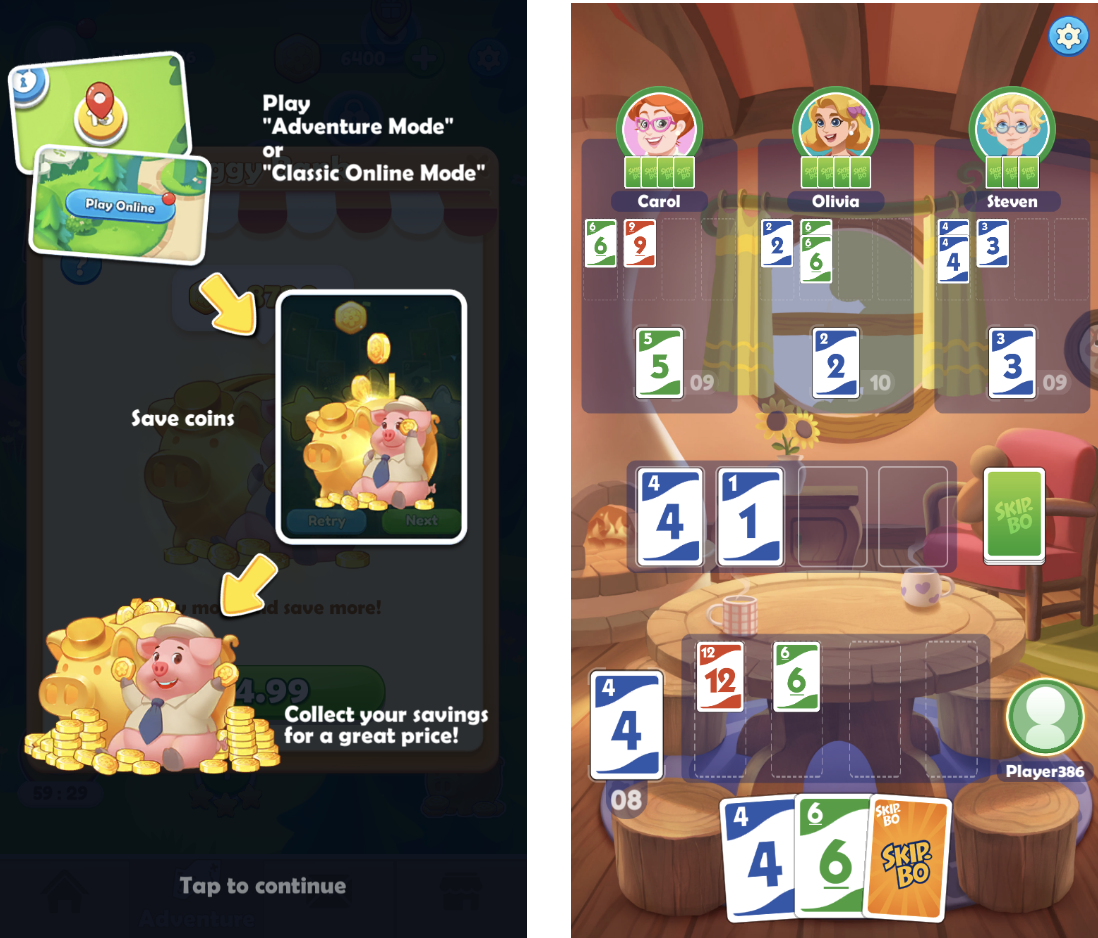
Welcome to Pixalate’s CTV & Mobile App Manual Reviews According to COPPA, a series containing the detailed factors the Trust & Safety Advisory Board educators used to assess an app’s child-directedness.
The educators manually review thousands of mobile apps available in the Google Play & Apple App Stores as well as connected TV (CTV) apps from the Roku Channel Store and Amazon Fire TV App Store using the COPPA Rule factors shown below & make those results available to the public at ratings.pixalate.com.
This post takes a look at a game which is available from the Google Play & Apple App Stores. Our reviewer discusses how the subjective factors set forth in the COPPA Rule apply to the app and factor into the reviewer's determination as to whether the app is child-directed or general audience (i.e., it is not targeting children).
The teacher will indicate the factors they relied upon in their assessment using the 10 factors shown below that reflect the 10 child-directed factors in the COPPA Rule.

Skip-Bo is a card game that is relatively easy to learn and fun for all ages. Skip-Bo involves playing cards in numerical order and is a fun way to reinforce number recognition and counting with younger children. I have fond memories of playing Skip-Bo with my grandma when I was younger and it was a bit nostalgic to revisit this game. This mobile version allows users to play the same classic game against a computer, other players, and even friends and family. The mobile version uses fewer cards and is quicker than the traditional card version of the game. This helps hold the attention of younger children that might otherwise get bored with longer gameplay.
and
The visuals and animations set the mobile game apart from its traditional card counterpart. Different background artwork is displayed during each game. These cartoon-like illustrations show different settings, such as a cozy cabin or a lakeside tea service. Puffy cloud animations fill the loading screens, adding to the dream-like visual feel of the app.
In addition to the traditional Skip-Bo game, a solitaire version is added. The solitaire games follow a game board type of play, allowing players to progress through different levels, earning bonus rewards after winning so many games. The game board is set within a cartoon forest, allowing players to meander their way through trees and little houses that look like they are straight out of Winnie-the-Pooh or a Keebler Elf commercial.
The background music is playful, fitting in with the cartoon-like visuals and appealing to both adults and children. Sound effects accompany the various animations, such as cards being dealt and noises to indicate the next player’s turn.
Coins are the currency of the game. It costs coins to play a game and winning earns extra coins. The tutorial ensures that new players have enough coins to start out and coins are gifted on a regular basis. Upon winning a game a cute animated pig collects the coins won in an animated piggy bank and fireworks or confetti are shot off in celebration.
There are occasional video advertisements and banner ads for other mixed-audience games.
and
Skip-Bo is rated 4+ in the Apple App Store, E in the US Google Play Store, and PEGI 3 in the European Google Play Stores. With the backing of a brand like Mattel, which is synonymous with children’s toys and games, one would expect children to be part of the targeted audience. App reviews indicate a mixed audience with people of all ages playing.
Privacy
The privacy policy, which was last updated on August 10, 2023, states that “Children must not use the Service for any purpose without the consent of their parent or legal guardian.” However, there is no age gate in place to block younger users from accessing the app or steps to gain consent from a parent or guardian. They indicate that they do not collect personal information from children but do use cookies and collect data such as IP addresses and device information.
Screenshots of Skip-Bo



Pixalate’s Trust and Safety Advisory Board was created to bring in individuals with experience using child-directed apps in the classroom to review and assess which apps are child-directed. This manual review process serves to quality check Pixalate’s automated review process. See our full methodology for more information.
Disclaimer
This blog post published by Pixalate is available for informational purposes only and is not considered legal advice. By viewing this blog post, the reader understands and agrees that there is no attorney-client relationship between the reader and the blog publisher. The blog should not be used as a substitute for legal advice from a licensed professional attorney in the applicable jurisdiction(s), and readers are urged to consult their own legal counsel on any specific legal questions concerning any specific situation. The content of this blog post reflects Pixalate's opinions with respect to factors that Pixalate believes may be useful to the digital media industry. Pixalate's opinions are just that, opinions, which means that they are neither facts nor guarantees; and this blog post is not intended to impugn the standing or reputation of any entity, person or app, but instead, to report findings pertaining to mobile and Connected TV (CTV) apps.
*By entering your email address and clicking Subscribe, you are agreeing to our Terms of Use and Privacy Policy.
These Stories on Mobile
*By entering your email address and clicking Subscribe, you are agreeing to our Terms of Use and Privacy Policy.

Disclaimer: The content of this page reflects Pixalate’s opinions with respect to the factors that Pixalate believes can be useful to the digital media industry. Any proprietary data shared is grounded in Pixalate’s proprietary technology and analytics, which Pixalate is continuously evaluating and updating. Any references to outside sources should not be construed as endorsements. Pixalate’s opinions are just that - opinion, not facts or guarantees.
Per the MRC, “'Fraud' is not intended to represent fraud as defined in various laws, statutes and ordinances or as conventionally used in U.S. Court or other legal proceedings, but rather a custom definition strictly for advertising measurement purposes. Also per the MRC, “‘Invalid Traffic’ is defined generally as traffic that does not meet certain ad serving quality or completeness criteria, or otherwise does not represent legitimate ad traffic that should be included in measurement counts. Among the reasons why ad traffic may be deemed invalid is it is a result of non-human traffic (spiders, bots, etc.), or activity designed to produce fraudulent traffic.”

